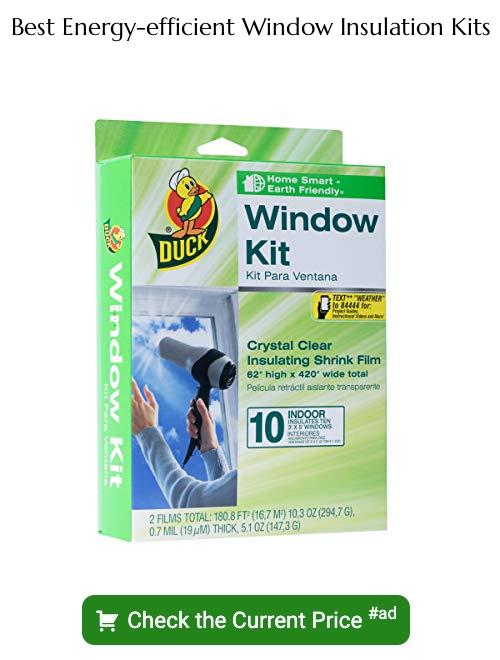Learn how to decipher window energy ratings and make informed decisions when choosing windows for your home.
As I sat in my living room one winter evening, I couldn’t help but notice how cold the room was despite having the heating on. It wasn’t until I got up to close the curtains that I noticed a draft coming from my windows. That’s when it hit me – my windows were not energy efficient!
As a blogger who writes about house windows, this was not acceptable. So, I decided to do some research and learn more about window energy ratings.
What did those numbers mean? And how could they help me choose better windows for my home?
In this blog post, I’ll be sharing everything I learned about window energy ratings – from what they are to how they’re calculated and what benefits you can expect from choosing high-rated windows for your home. So grab a cup of coffee and let’s dive into the world of window energy ratings together!
Window Energy Ratings Explained
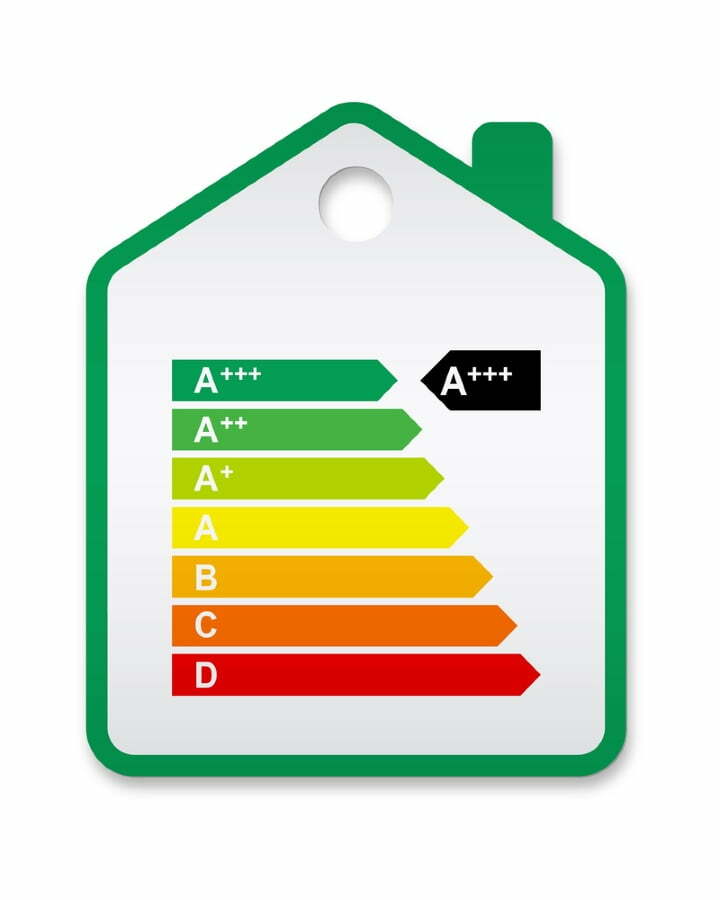
Window energy ratings measure how well a window can keep heat inside during winter and outside during summer. The higher the rating, the better its insulation properties and overall efficiency.
The most common rating system used in North America is called Energy Star® certification which rates windows based on their U-factor (how much heat escapes through the glass) and Solar Heat Gain Coefficient (SHGC) (how much solar radiation passes through). These two factors combined give you an overall Window Energy Rating or WER.
By understanding these numbers, you can make informed decisions about which windows to choose for your home – ones that will help keep your living space comfortable all year round while also saving money on heating and cooling bills!
Decoding U-Value and R-Value
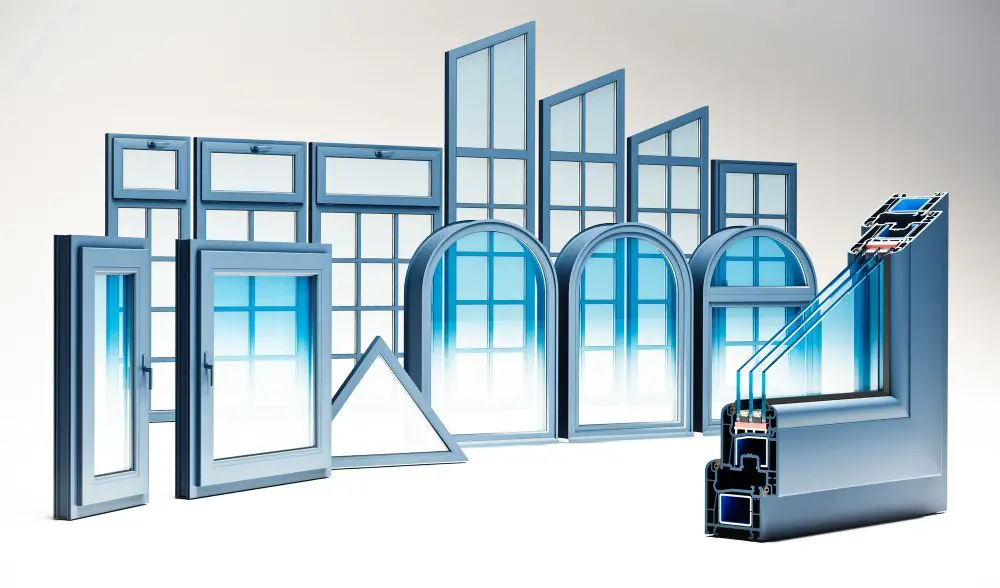
U-value measures how much heat is lost through a material (in this case, windows). The lower the U-value number on your window label or specification sheet, the better its insulation properties.
A low U-Value means less heat loss and therefore more efficient windows.
On the other hand, R-Value measures how well a material resists heat flow. The higher an R-Value number on your window label or specification sheet indicates better insulation properties too!
So when you’re shopping for new windows for your home with high-energy ratings in mind; make sure to look at both values carefully before making any decisions!
Understanding these two values can help you choose not only more efficient but also cost-effective options that will keep you warm during winter nights without breaking the bank!
Solar Heat Gain Coefficient (SHGC)
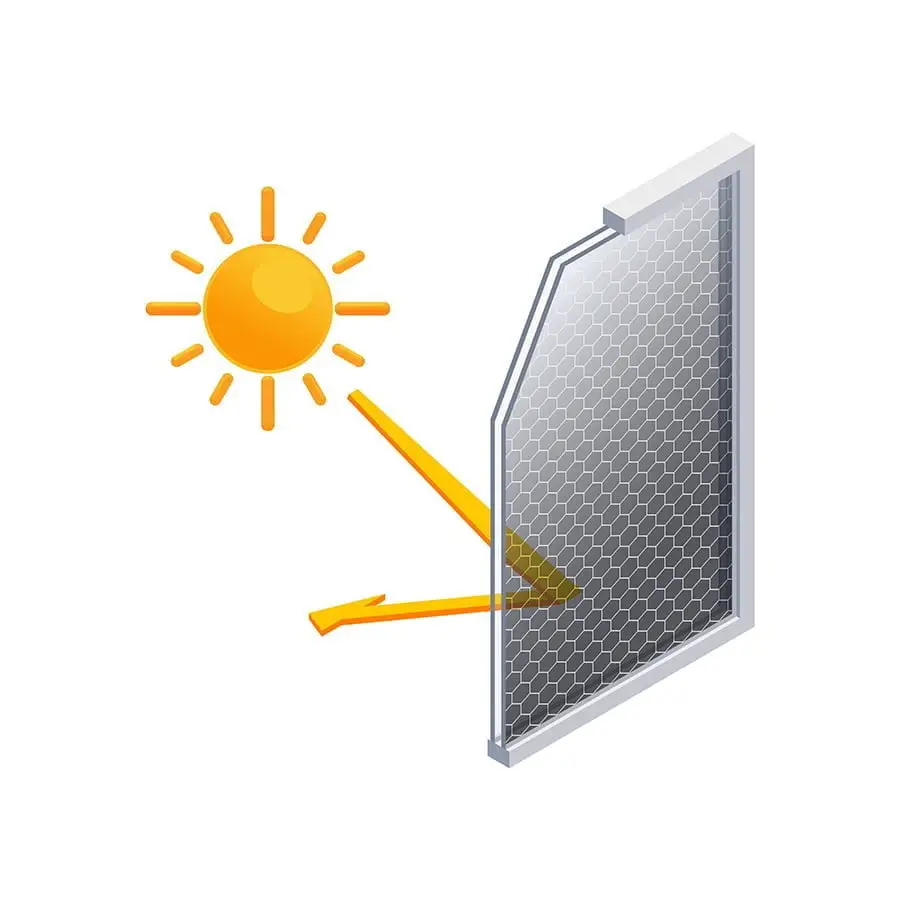
One of the most important factors to consider when it comes to window energy ratings is the Solar Heat Gain Coefficient (SHGC). This number represents how much solar radiation passes through a window and enters your home. The lower the SHGC, the less heat will enter your home during hot summer months.
After some searching and comparing different options, I finally found windows that were not only aesthetically pleasing but also had an impressive low SHGC rating. And let me tell you – what a difference they made! My living room now stays cool even on scorching days without having to rely heavily on air conditioning.
Understanding these numbers may seem daunting at first glance but trust me; it’s worth taking time researching them before making any purchase decisions for your home. By choosing high-rated windows like those with low Solar Heat Gain Coefficients (SHCG), you can save money while enjoying more comfortable temperatures all year round!
Visible Transmittance (VT)

In simple terms, VT refers to the amount of visible light that passes through a window. The rating is expressed as a number between 0 and 1 – with higher numbers indicating more light transmission.
This means that if you want plenty of natural light in your home, you should look for windows with high VT ratings.
But why does this matter? Well, aside from making your home brighter and more inviting during daylight hours; natural lighting can also help reduce energy costs by reducing the need for artificial lighting. Plus studies have shown exposure to natural sunlight has numerous health benefits such as improving mood and productivity levels.
So when shopping around for new windows or considering replacing old ones in your house be sure not only check their U-factor but also their Visible Transmittance rating too!
Air Leakage and Condensation Resistance
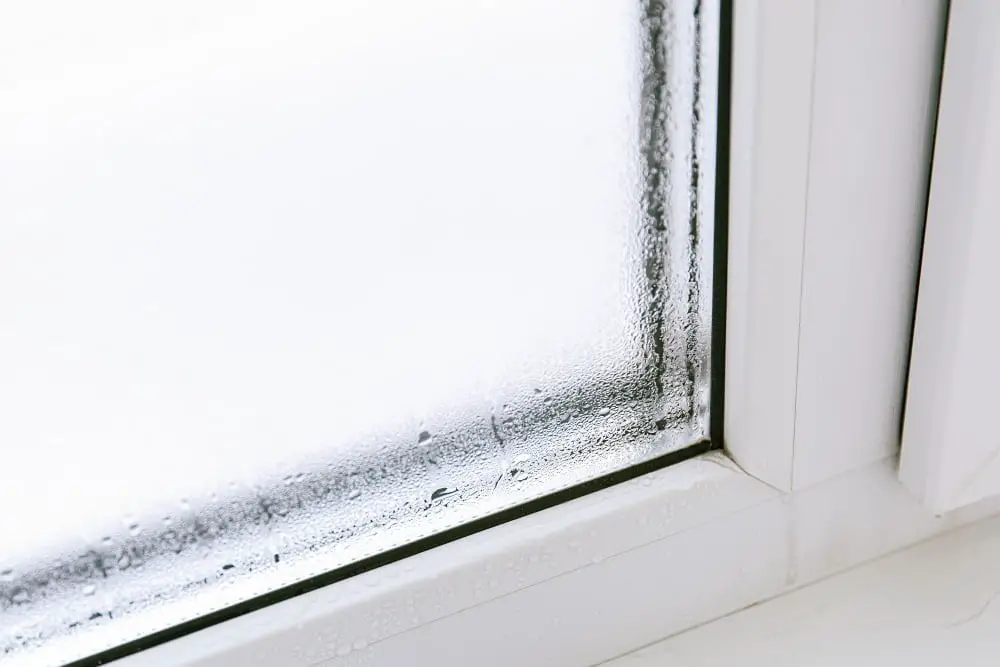
Air leakage refers to the amount of air that passes through a window when it’s closed. A high-quality, energy-efficient window should have minimal air leakage to prevent drafts and keep your home comfortable all year round.
Condensation resistance is another crucial factor to consider when choosing windows for your home. Condensation occurs when warm moist air comes into contact with a cold surface like a window pane, causing water droplets to form on the glass. This obstructs your view and can lead to mold growth if left unchecked.
Choosing windows with high condensation resistance ratings can reduce moisture buildup on your windows and improve indoor air quality in your home.
When shopping for new windows or upgrading existing ones, be sure to pay attention not just to U-factor (which measures heat loss) but also these other important factors such as Air Leakage rating (AL) and Condensation Resistance Factor (CRF). By doing so you’ll ensure maximum comfort in every season while saving money on heating bills!
ENERGY STAR Certification
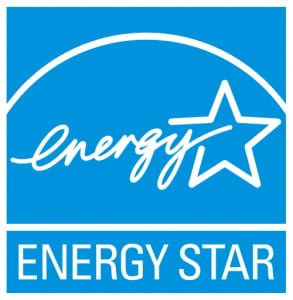
ENERGY STAR is a program run by the U.S. Environmental Protection Agency (EPA) and the Department of Energy (DOE) that helps consumers identify products that are energy-efficient and can help save money on utility bills while reducing greenhouse gas emissions.
When it comes to windows, an ENERGY STAR certified product means it meets or exceeds certain performance criteria for energy efficiency in your region. These criteria take into account factors such as U-factor, solar heat gain coefficient (SHGC), air leakage rate, and visible transmittance.
By choosing windows with an ENERGY STAR certification label, you can be confident that they have been independently tested and verified to meet strict standards for energy efficiency. This not only helps reduce your carbon footprint but also saves you money on heating and cooling costs over time.
So if you’re looking for new windows for your home like I was when I noticed my drafty living room during winter evenings; make sure to look out for those with an ENERGY-STAR Certification label!
Low-E Glass Technology
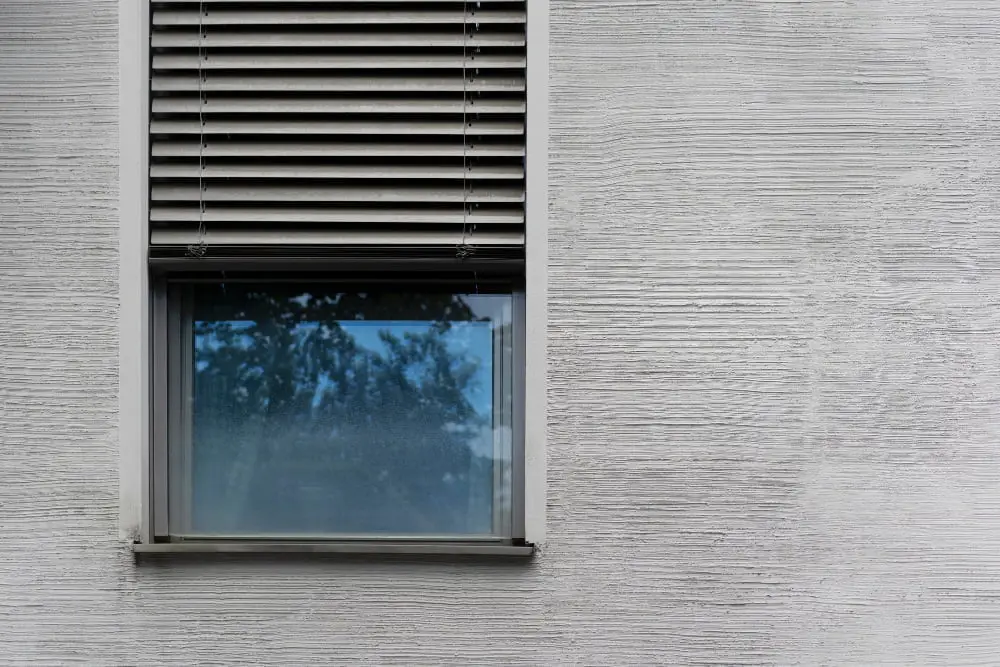
Low-E Glass has a microscopically thin coating applied to it during manufacturing. This coating helps reduce the amount of heat transfer through the glass by reflecting infrared light back into your home, keeping it warmer in winter and cooler in summer.
By choosing windows with Low-E Glass Technology, not only would you be improving their energy efficiency but also making your home more comfortable all year round.
Related Stories
- Energy-efficient Window Certifications and Standards: Demystifying the Labels
- Energy Star-rated Windows: A Shining Example of Efficiency
- Solar Heat Gain Coefficient and Energy-efficient Windows: Mastering the Balance
- Window Glazing and Energy Efficiency: Exploring the Possibilities
- Thermal Performance of Windows: A Comprehensive Analysis
Recap
